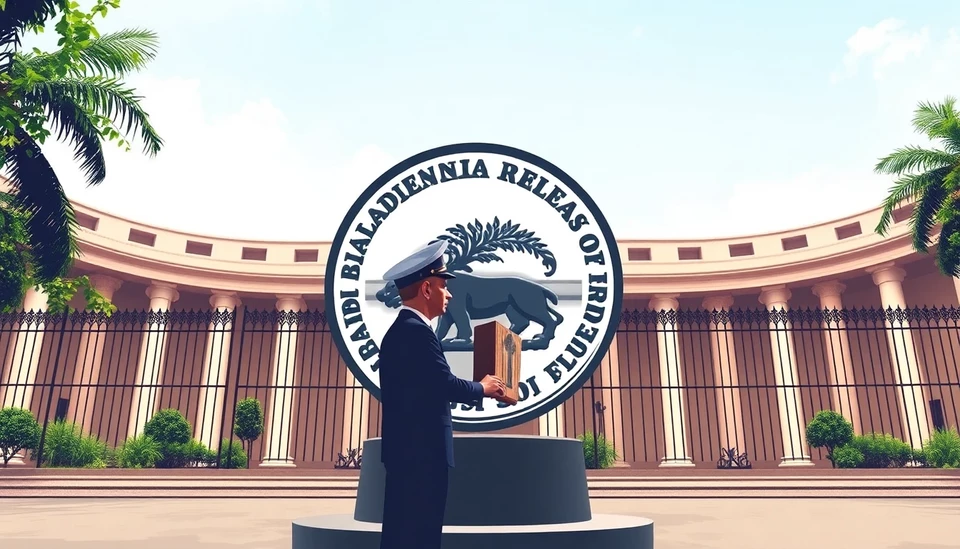
In a significant move for India’s economy, the newly appointed Governor of the Reserve Bank of India (RBI), Shaktikanta Das, has announced the first reduction in interest rates since 2020. This historic decision, delivered during the bank's recent monetary policy meeting, comes amid a backdrop of changing economic conditions and aims to rejuvenate growth in the world’s fifth-largest economy.
As per Das’s statement, the central bank has reduced the repo rate by 25 basis points, from 6.00% to 5.75%. This decision is seen as a strategic response to various factors affecting the country’s financial landscape, including signs of weakening domestic demand, encouraging consumer spending, and fostering a conducive environment for investment. The move is expected to ease the cost of borrowing for individuals and businesses, thus stimulating economic activity.
Das emphasized the importance of maintaining a delicate balance between controlling inflation and supporting growth. While inflation in India has remained within the RBI’s target range, the new governor highlighted that the potential risks to inflation from recent commodity price fluctuations necessitate pro-active measures to safeguard economic stability.
This rate cut marks a pivotal moment, as it reflects the RBI's commitment to navigate the complex challenges posed by both global economic uncertainty and domestic pressures. Analysts widely view it as a signal that the RBI is adopting a more accommodative monetary policy stance, which might help boost consumer confidence and revive investment momentum bolstered by the anticipated growth recovery in FY 2025.
Furthermore, economists speculate that with the new government policy direction, there could be additional measures following this initial rate cut to promote sustained economic growth. The response from market participants has been largely positive, as lower interest rates can lead to increased liquidity, driving consumption and investment in the economy.
Das took office in December 2023 and has since signaled a focus on ensuring that India remains resilient in the face of economic headwinds. The decision to cut rates could be pivotal for various sectors, including real estate and manufacturing, which largely depend on favorable interest rates to finance their operations.
As the global economy grapples with uncertainties, such as supply chain disruptions and geopolitical tensions, India's latest monetary policy action underlines the need for coherent strategies to foster sustainable growth. Observers are keenly watching how this bold decision by the RBI plays through in terms of real economic outcomes in the coming months.
This historic rate cut is more than just a monetary policy adjustment; it is a cornerstone of the new RBI Governor's approach to fostering a robust economic environment. Stakeholders across the spectrum are alert to its implications, monitoring how it might influence both consumer behavior and corporate investments moving forward.
The financial community anticipates further developments, keeping an eye on how other economic indicators respond to this policy shift and whether the RBI will continue to prioritize growth amid the complex economic landscape.
#RBI #RateCut #IndiaEconomy #ShaktikantaDas #MonetaryPolicy #InterestRates #EconomicGrowth
Author: Laura Mitchell




